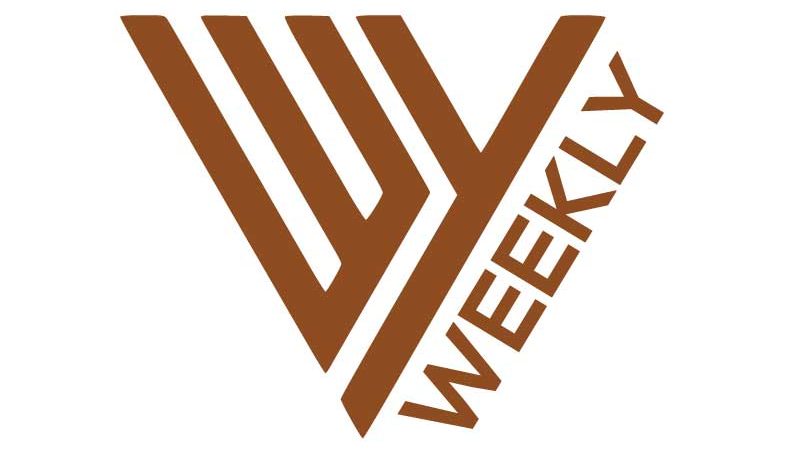Website Fortification: Essential Security Tips for Online Protection
Picture this scenario: you awaken one day to a vandalism-stricken website, compromised customer data, and a reputation that’s in pieces. The impact of a cyber-attack extends beyond mere monetary damage – it erodes the valuable trust your customers have in you.
We’re in an age where digital malefactors are tirelessly scheming up new methods to bypass security and infiltrate sites, to the detriment of businesses and patrons alike.
Nevertheless, there’s good news. Employ these website fortification tips and you can significantly bolster your website.
Best Security Tips for Online Protection
Embrace HTTPS
Protecting the personal details and sensitive data that your visitors share on your site is absolutely vital. Today’s internet users demand a safe and secure online experience, which you can deliver through the adoption of HTTPS (Hypertext Transfer Protocol Secure) on your digital platform.
With HTTPS, you create a secure channel for information to travel encrypted from your site to its server. This level of security becomes critical when handling sensitive user inputs such as credit card information, personal identifiers, or login credentials.
While HTTPS was once a standard for e-commerce sites alone, it has grown in significance and is now considered essential for all websites. Search giants like Google now give preference to HTTPS-enabled sites in their search rankings, underscoring the role it plays in enhancing a site’s visibility and establishing its credibility.
Use Secure Devices and Platforms
When you interact with the website, you must be vigilant and maintain the security of your device and browser. A simple option is to use the Tor browser. Is Tor safe? In fact, Tor browser safety is not absolute, VeePN has an in-depth investigation into this issue. In short, Tor’s security is significantly better than other browsers. Its use is quite logical and reliable, although there are certain risks. They can also be mitigated by the additional use of a VPN.
Secure Your Login
Your credentials are not just the key to editing and overseeing the material on your blog—they’re also vital for safeguarding it from unauthorized access. Reinforce your blog’s security by creating robust login details.
Today’s sophisticated password-cracking tools can swiftly break simple or guessable passwords. Combat this risk by crafting a password that merges upper- and lower-case characters, digits, and special characters. Shun the use of easy-to-find personal data or dictionary words in your password selection.
Limit User Access
Numerous blogging platforms allow individuals to register, comment, and contribute content. This interaction can be a fantastic way to connect with readers, but it also presents potential security threats.
Hackers may abuse user permissions to introduce harmful material or target accounts that hold critical information. It’s critical to frequently assess and limit the permissions for each user, especially avoiding granting upload privileges to accounts that lack an established trust record. Also, all users with high privileges should download free VPN for Chrome or other websites. This is a minimum program; ideally, it is better to use a VPN application as a more functional tool.
Regularly Monitor
Analyzing web server logs is a crucial aspect of maintaining website health and security.
- Activate Comprehensive Logging. First and foremost, it’s imperative to check if your web server, along with any software infrastructure, is capturing logs. This includes not just access and error logs but also database and application-specific logs.
- Employ Robust Log Management Systems. Harness the power of sophisticated log management solutions that can compile, scrutinize, and alert you about potential security threats.
- Schedule Periodic Log Audits. Institute a routine—be it daily, weekly, or monthly—to examine your logs. This practice is indispensable for identifying abnormal occurrences, like continuous login failures, atypical usage trends, or inexplicable system glitches.
- Prioritize Error Log Investigation. Error logs are windows into the health of your website. Persistent errors or warnings might uncover weak spots being targeted by cyber-attacks or misconfigurations requiring attention.
- Scrutinize User Activities. Keep a vigilant eye on user access logs. Any oddities, ranging from strange IP addresses, frequent login errors, or peculiar user activities, could be red flags that warrant further inspection.
- Set Real-time Alerts. Optimize your log management to notify you instantly of urgent events or suspected compromise attempts. Prompt detection means faster response to mitigate risks to your digital presence.
Implement Website Backups
Should your website ever fall victim to a hacking incident or any form of cybersecurity breach, the presence of website backups is crucial for swift restoration. While backups alone are not comprehensive security measures, they play a pivotal role in the recovery process, enabling the reinstatement of compromised files.
To determine if a backup solution is robust, several key criteria must be met:
- Off-Site Storage: It’s important to house your backups away from your main web server. This precaution safeguards them against direct attacks that may compromise your server. Backups saved on the same server as your website present a significant vulnerability; should hackers penetrate the server, they could corrupt or seize both your website and its backups.
- Automatic Backup Scheduling: Opt for a backup system that can autonomously manage backup timing, tailored to the demands of your website’s content and traffic. Consistent backups are indispensable for maintaining recent versions of your site, thereby ensuring you can revert to the most up-to-date, pre-breach state of your website should a compromise occur.
- Reliable Recovery Protocols: Regularly conduct tests on your backups to verify their effectiveness. To further secure your recovery process, maintain several backup copies. This redundancy prepares you for any eventuality and expands your options for a successful recovery.
Conclusion
Do you have the answer to how to protect a website from hackers? Now yes. Applying the strategies listed above helps strengthen the authorization system and prevent penetration into the admin panel. They also help you avoid various types of website hacks.

Greetings! I’m thrilled to introduce myself as a dedicated blogger with a fervent passion for crafting meticulously researched and insightful blogs. My mission is to provide you, the readers, with a treasure trove of valuable information. Join me in this exciting adventure of discovery – Thanks






